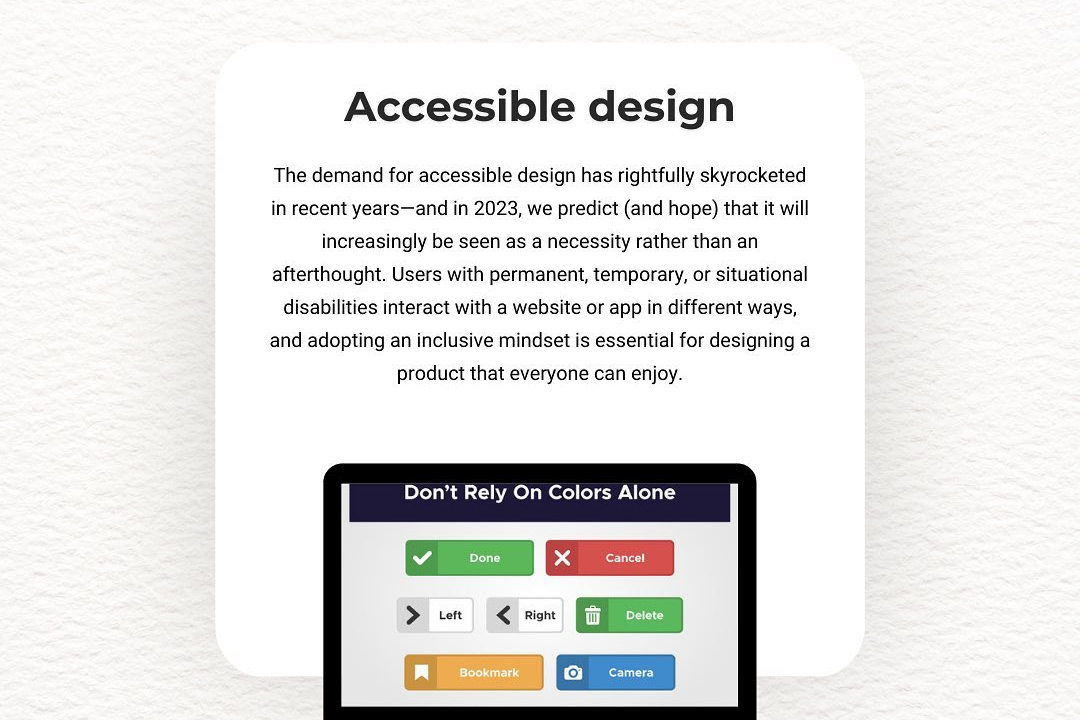Swift Design Patterns
Effective Design Patterns in Swift
Swift Design Patterns
Swift design patterns are standard solutions to common problems in software design, specifically tailored for the Swift programming language. These patterns enhance code reusability, maintainability, and scalability. They are broadly classified into three categories: creational patterns (such as Singleton and Factory), which focus on object creation mechanisms; structural patterns (such as Adapter and Decorator), which deal with object composition and relationships; and behavioral patterns (such as Observer and Strategy), which manage object interaction and responsibility delegation. Leveraging these design patterns in Swift can lead to cleaner, more efficient code and help developers adhere to best practices in software architecture.
To Download Our Brochure: https://www.justacademy.co/download-brochure-for-free
Message us for more information: +91 9987184296
1 - Model View Controller (MVC): A widely used pattern that separates an application into three interconnected components. The Model manages the data, the View displays the UI, and the Controller handles the interaction between the Model and View.
2) Singleton: A creational pattern that restricts a class to a single instance and provides a global point of access to that instance. This is useful for shared resources like configurations or network connections.
3) Delegate: A communication pattern where one object sends messages to another object when a specific event occurs, allowing protocol oriented programming and making components more reusable and loosely coupled.
4) Observer: A design pattern where an object, known as the subject, maintains a list of dependents, called observers, and notifies them of state changes. This is often used in UIKit for responding to changes in data.
5) Facade: A structural pattern that provides a simplified interface to a complex subsystem, making it easier to use. It hides the complexities of the system and exposes a simpler interface to the client.
6) Builder: A creational pattern that allows for the step by step construction of complex objects. This makes it easier to create different representations of the object within the same construction process.
7) Factory Method: A creational pattern that defines an interface for creating an object but allows subclasses to alter the type of objects that will be created. This promotes code reusability and flexibility.
8) Strategy: A behavioral pattern that enables selecting an algorithm's behavior at runtime. This can replace conditionals with a family of strategies encapsulated in their own classes, promoting clean code and separation of concerns.
9) Decorator: A structural pattern that allows behavior to be added to individual objects dynamically without affecting the behavior of other objects from the same class. It is a flexible alternative to subclassing.
10) Adapter: A structural pattern that allows incompatible interfaces to work together. The Adapter acts as a bridge between two incompatible interfaces, making it possible to integrate different systems.
11) Command: A behavioral pattern that encapsulates a request as an object, thereby allowing for parameterization of clients with queues, requests, and operations. It provides support for undoable operations.
12) Prototype: A creational pattern that involves creating new objects by copying an existing object, known as the prototype. This is useful when object creation is resource intensive.
13) Composite: A structural pattern that allows composing objects into tree structures and treating individual objects and compositions uniformly. It is commonly used in UI frameworks for handling hierarchies of views.
14) Chain of Responsibility: A behavioral pattern that passes a request along a chain of handlers. Each handler can either handle the request or pass it along the chain. This allows for decoupling request senders from receivers.
15) State: A behavioral pattern that allows an object to change its behavior when its internal state changes. This is useful for managing state based behavior in applications, such as in game development or UI components.
16) Visitor: A behavioral pattern that lets you separate algorithms from the objects on which they operate. It allows new operations to be added without modifying the classes of the elements being operated on.
17) Memento: A behavioral pattern that captures and externalizes an object's internal state without violating encapsulation, allowing the object to be restored to this state later. This is useful for implementing undo mechanisms.
18) Prototype: A creational pattern that involves creating new objects by copying an existing object, known as the prototype. This is useful when object creation is resource intensive.
Each of these design patterns serves a unique purpose and can significantly improve the quality of code in Swift applications. Understanding and implementing these patterns can lead to more maintainable, flexible, and efficient code structures in software development.
Browse our course links : https://www.justacademy.co/all-courses
To Join our FREE DEMO Session: Click Here
Contact Us for more info:
Best Java Institute in Chennai
Apache commons
Android App Development Course in Pune Fees
Flutter Training in Katihar
Modules in React JS











